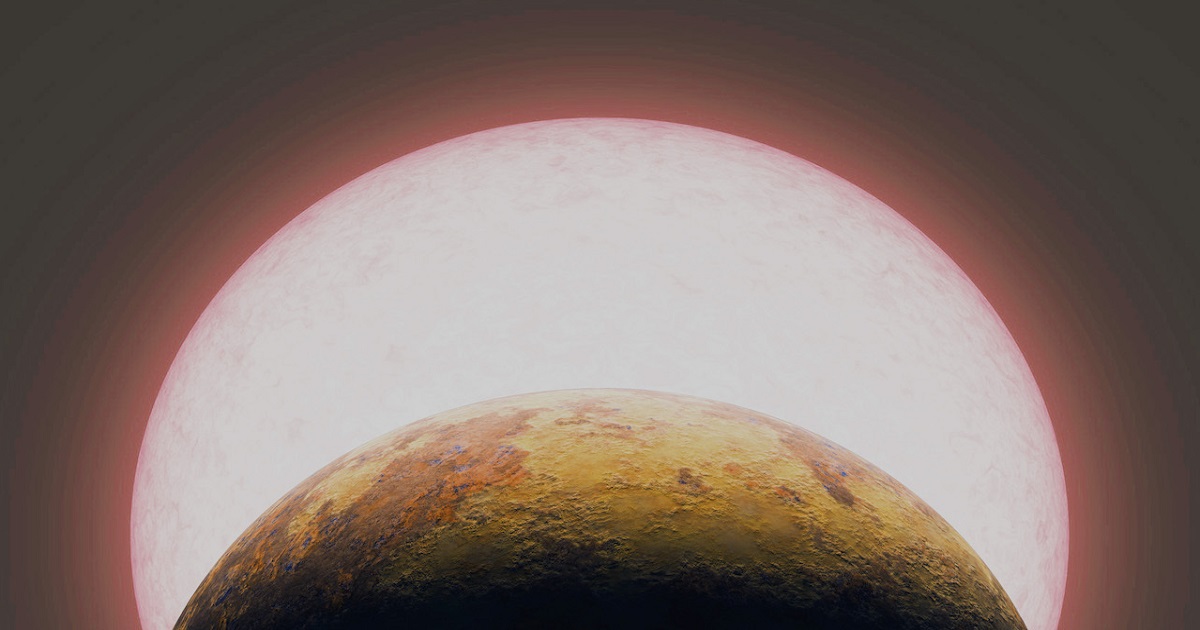Hulk in the world of super-Earths - NASA has discovered the largest super-Earth TOI-1075 b, where one year lasts less than 15 hours

The National Aeronautics and Space Administration (NASA) has discovered a new planet belonging to the class of super-Earths.
Here's What We Know
To begin with, let's note that a super-Earth is a planet whose mass exceeds the mass of Earth, but is less than the mass of Neptune (17 Earth masses). Such planets are, of course, outside the solar system and are of great interest to scientists.
Some super-Earths are located within the inhabited zone, i.e. in theory, water in a liquid state can be formed on them. But in our case we can't talk about it. Scientists from NASA have discovered the super-Earth TOI-1075b, which has a temperature of about 1050 degrees Celsius, ie about any water in a liquid state have not occurred.
This is due to the very short orbit. The planet rotates around its star very quickly. The duration of one year is approximately 14.5 hours. But TOI-1075 b also has a peculiarity. It is the largest of the currently known super-Earths. It's about 10 times the mass of Earth. NASA calls the celestial body the Hulk in the world of super-Earths.
Even though water is out of the question on TOI-1075 b, it is still of interest. By studying the celestial body, scientists can learn more about how rocky planets, which include Earth, formed.
TOI-1075 b was discovered thanks to the Transiting Exoplanet Survey Satellite (TESS). It helped determine the diameter of the super-Earth, and its mass was calculated by scientists already at the expense of Earth.
Source: NASA